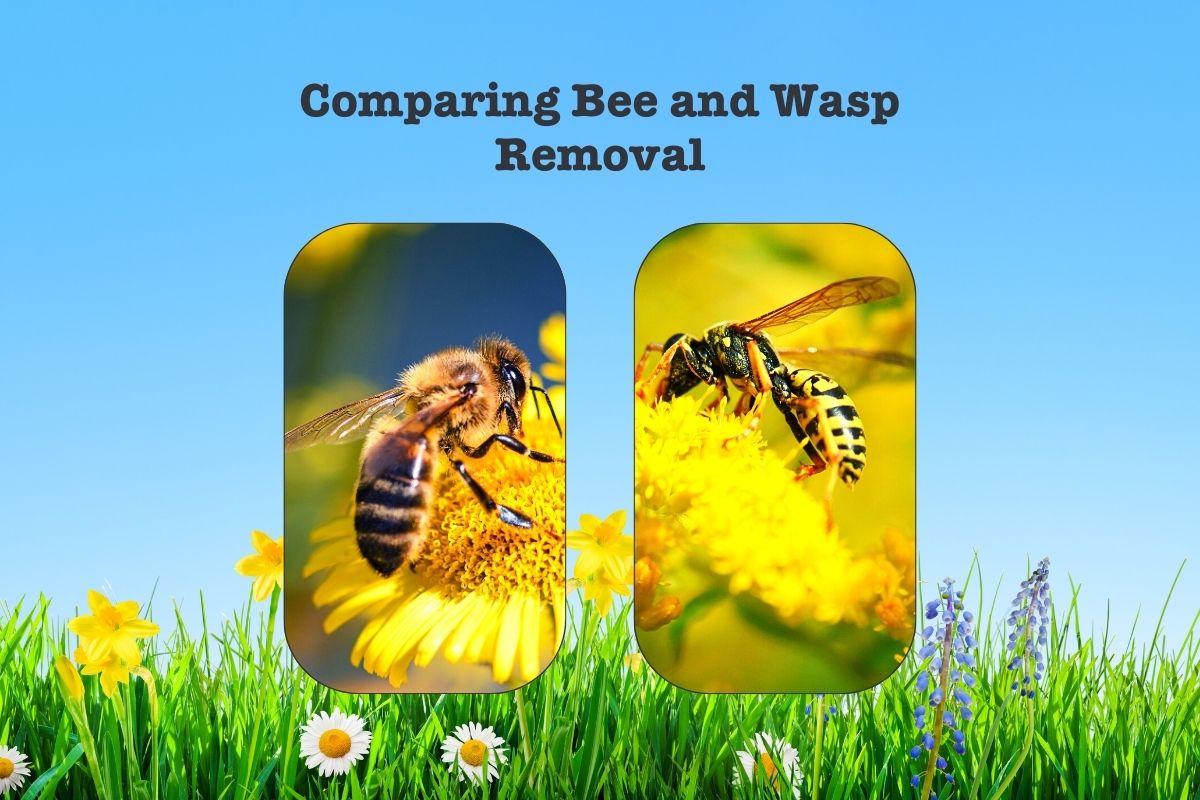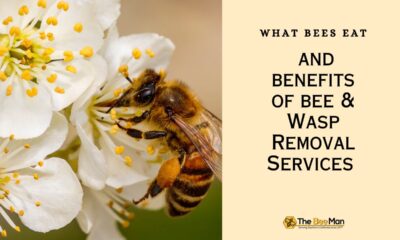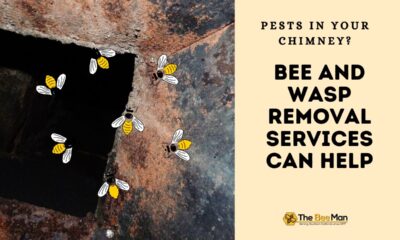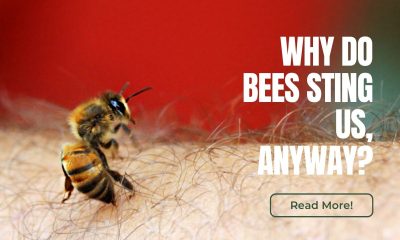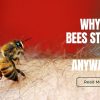Home Improvement
Comparing Bee and Wasp Removal
There are several similarities and differences between bee and wasp removal services. Bees and wasps are pollinators and predators that play equally important roles in the ecosystem, and they can also be pests when they create a nest in and around people’s property. This article will define three similarities and differences between the two removal processes.
Similarities
1. Detection
Before trying any removal, it is crucial to determine whether the insects are bees or wasps. Bees and wasps have unique physical traits that can be used to detect their species. For instance, bees have rotund, fuzzy bodies. On the other hand, wasps are known to have slim, smooth bodies. One thing bees and wasps do have in common is that they are social creatures and can create large colonies.
2. Safety
Safety is of utmost concern when removing bees and wasps, and both insects can sting and cause some individuals to have an allergic reaction that could range from mild to severe. It is essential to wear safety gear when removing either bees or wasps and to take the proper steps to avoid getting stung in the first place.
3. Professional Removal Services
It is in your best interest to seek help from a professional service when removing bees or wasps. The Bee Man is a professional service specializing in bee and wasp removal. The professionals have the necessary equipment, expertise, and tools to remove insects carefully without harming people or the ecosystem. Additionally, professionals can offer insight into how to prevent future infestations from happening.
Differences
1. Nest Location
One of the most apparent differences between the bee and wasp removal process is the placement of the insects’ nests. Bees usually create their nests in cavities, such as hollow trees and the walls of a home. They also typically build honeycombs, which can be bulky and challenging to remove. Alternatively, wasps build their nests in a wide range of places, including trees, shrubs, wall voids, flowerbeds, the eaves and roofs of homes, and underground. Their nests tend to be smaller and more convenient to remove than bee nests.
2. Removal Techniques
The removal techniques for bees and wasps are different. The mission of removing a bee nest is to remove the honeycomb and relocate the honey bees. This task entails cutting out the comb and removing it from the wall of a house or tree. The honey bees can then be transferred to a more secure location where they can thrive, such as a beekeeper’s farm. Wasp removal, on the other hand, involves killing the insects and removing the nest. The professionals can complete this task by spraying insecticides or by physically removing the nest.
3. Hour of the Day
The hour of the day when bees or wasps are removed can also be different. The ideal time to remove bees is in the early morning or late evening because they are less active when it is dark outside and more likely to congregate in the hive at this time. Alternatively, the ideal time to remove wasps is during the day because they are more active at this time and thus easier to spot.
Conclusion
You can compare and contrast many aspects when it comes to bee and wasp removal. Safety should always be a top priority, meaning you should seek professional help if your property has a bee or wasp infestation. The Bee Man has professionals that know the differences in these insects’ nest locations, the best removal techniques, and the ideal times of day for removal when they approach an infestation. If you are looking for wasp or bee removal near me, do not hesitate to reach out to the Bee Man in Southern California.

